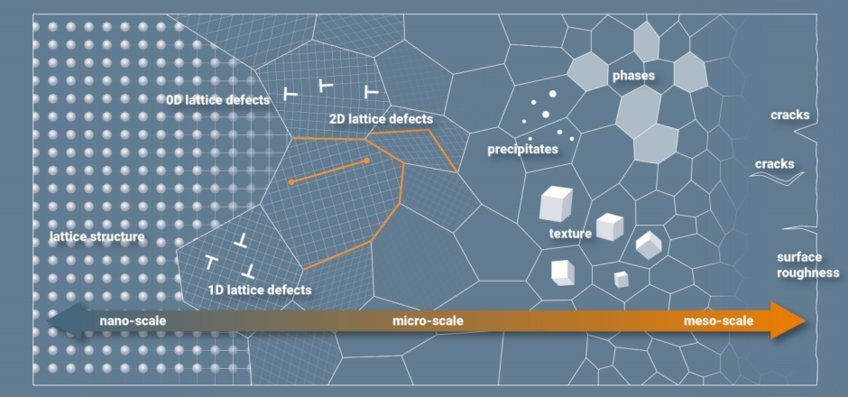To successfully transition from fossil fuels to a sustainable carbon-free energy supply, a safe and stable energy storage technology is required. Recently, metallic powders, and particularly iron powder, have been proposed as a high energy density, easily storable, and commonly traded fuel. Energy production is obtained through the heat of oxidation, and the combusted products can then be reduced at the solid-state using hydrogen coming from sustainable energy sources, resulting in a complete CO
2-free energy cycle. While the combustion of iron powders seems very promising in this regard, hardly anything is known about its in-process morphological, microstructural, and chemical evolution, which are critical for the circularity of the concept and the subsequent reduction process.
[more]


